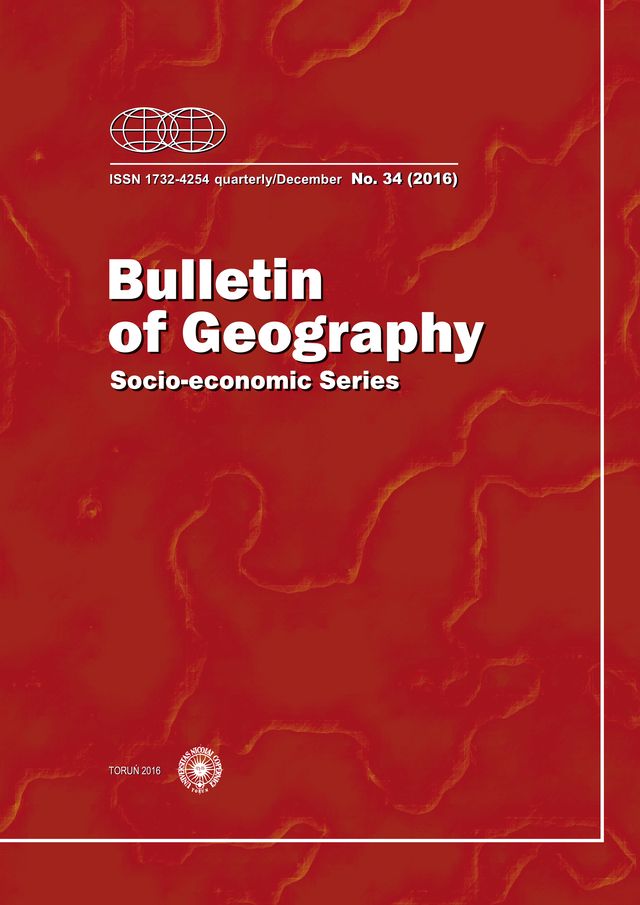Spatial structure of a city and the mobility of its residents: functional and planning aspects
Spatial structure of a city and the mobility of its residents: functional and planning aspects
Author(s): Jerzy J. Parysek, Lidia MierzejewskaSubject(s): Economy, Geography, Regional studies, Human Geography, Regional Geography, Socio-Economic Research
Published by: Wydawnictwo Naukowe Uniwersytetu Mikołaja Kopernika
Keywords: city; spatial structure; residents mobility; city's functionality; planning
Summary/Abstract: In the latest conceptions of urban development planning, special attention is paid to the resident. This is reflected especially in the increasingly popular idea of creating 'a city for people'. This somewhat banal slogan has got an increasingly sensible and justified theoretical support, as well as examples of practical solutions. The idea of planning urban development to meet human needs (a city for people) underlies many conceptions of urban development, especially those the basic goal of which is to limit suburbanisation unfavourable from a general social point of view and to rationalise the mobility of city residents. It has long been known that their mobility reflects the spatial structure of a city, and that their ever more intensive movement is not favourable from the ecological, social and economic points of view. In this situation it is necessary to shape the spatial-functional structure of the city in a way that will, first, restrict this mobility and, secondly, that will change the ways and means by which residents move. However, in order to make changes in the existing spatial structures in a rational way, it is necessary to know the mobility of city dwellers, its causes, directions, distances covered, and duration. What we shall present in this paper are structural and functional conclusions resulting from an analysis of the mobility of residents relevant for planning. Although our reflections will be primarily theoretical in nature, in many cases they will be backed up by empirical studies, mostly concerning Poznań.
Journal: Bulletin of Geography. Socio-economic Series
- Issue Year: 2016
- Issue No: 34
- Page Range: 91-102
- Page Count: 12
- Language: English

